Advancements in Sensor Technology
The rapid evolution of sensor technology has significantly impacted the Crop Monitoring Technology in Precision Farming Market. Sensors are now capable of providing real-time data on soil moisture, nutrient levels, and crop health, allowing farmers to make informed decisions. The integration of these sensors into farming practices has been shown to improve crop yields by up to 30%, as farmers can respond promptly to changing conditions. This technological advancement not only enhances productivity but also contributes to resource conservation, making it a key driver in the market.
Integration of Big Data Analytics
The incorporation of big data analytics into agriculture is transforming the Crop Monitoring Technology in Precision Farming Market. By analyzing vast amounts of data collected from various sources, including weather patterns, soil conditions, and crop performance, farmers can gain valuable insights that enhance decision-making. This data-driven approach allows for more precise farming practices, potentially increasing yields and reducing costs. As the agricultural sector continues to embrace data analytics, the demand for crop monitoring technologies that facilitate this integration is expected to rise, further propelling market expansion.
Government Initiatives and Support
Various governments are increasingly recognizing the importance of technology in agriculture and are implementing initiatives to promote the adoption of Crop Monitoring Technology in Precision Farming Market. These initiatives often include financial incentives, grants, and subsidies aimed at encouraging farmers to invest in precision agriculture technologies. For instance, some countries have allocated substantial budgets to support research and development in agricultural technology, which is expected to boost market growth. Such governmental support is crucial in facilitating the transition towards more efficient and sustainable farming practices.
Increasing Demand for Food Security
The rising global population has led to an escalating demand for food, thereby intensifying the need for efficient agricultural practices. Crop Monitoring Technology in Precision Farming Market plays a pivotal role in addressing this challenge by enabling farmers to optimize crop yields through precise monitoring and management. According to recent data, the agricultural sector must increase food production by approximately 70% by 2050 to meet the needs of the growing population. This urgency drives the adoption of advanced technologies that enhance productivity and sustainability, making crop monitoring an essential component of modern farming.
Rising Awareness of Sustainable Agriculture
There is a growing awareness among farmers and consumers regarding the importance of sustainable agricultural practices. The Crop Monitoring Technology in Precision Farming Market is at the forefront of this movement, as it enables farmers to utilize resources more efficiently and reduce environmental impact. By employing precision farming techniques, farmers can minimize the use of fertilizers and pesticides, leading to healthier crops and ecosystems. This shift towards sustainability is not only beneficial for the environment but also aligns with consumer preferences for sustainably produced food, thereby driving market growth.


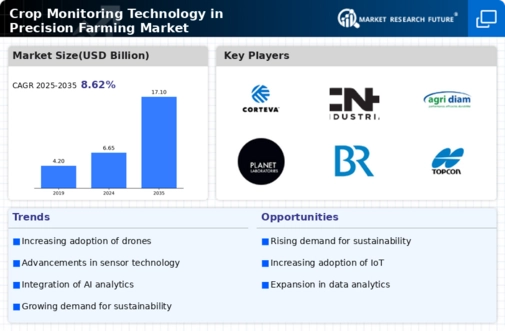


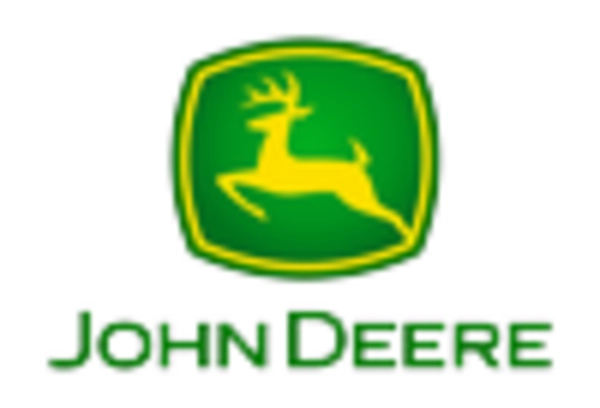
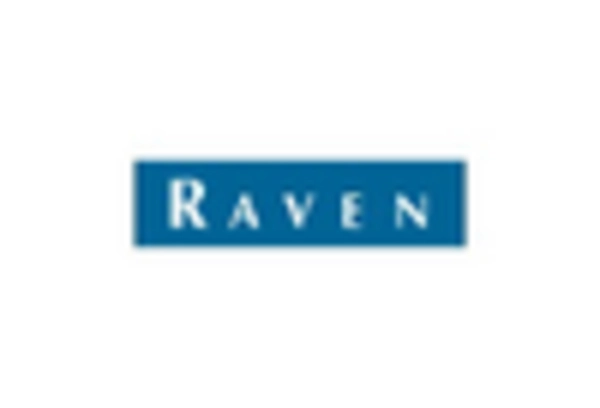
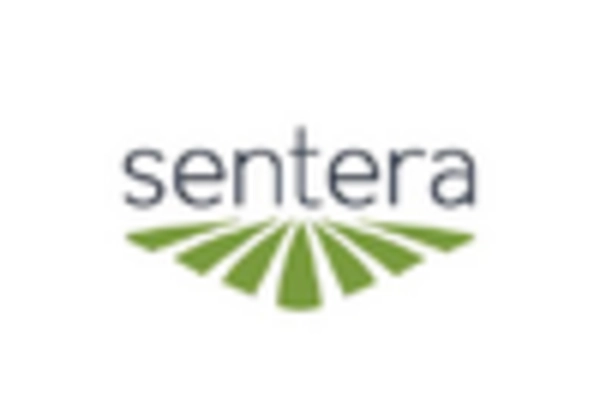

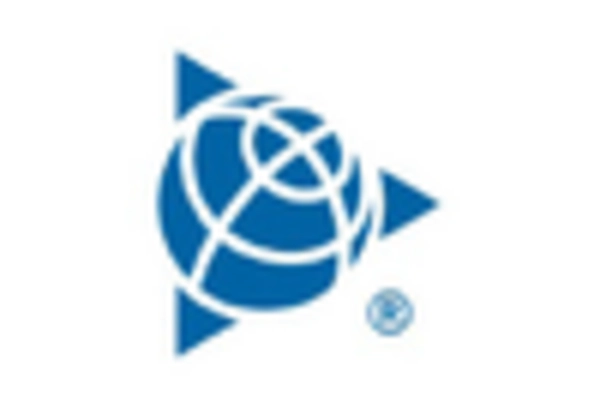








Leave a Comment